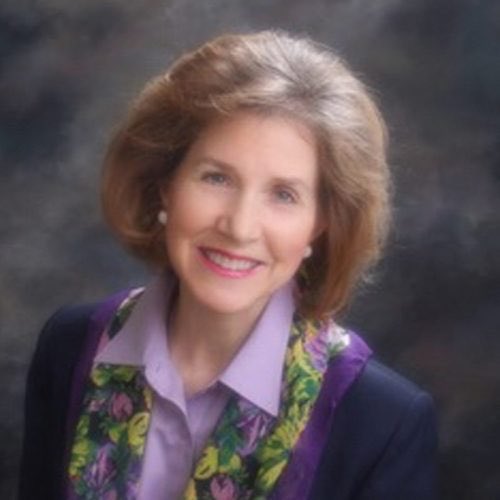
The parallel conversations in trans and disability circles about the role of diagnostic categories MUST BE thought together. Though all people (trans and disabled included) deserve access to affirming healthcare, the medicalization of our bodies is NOT done in our interest.
https://twitter.com/badinfinity2/status/1636519350629744645
Whether we’re talking about diagnoses, like gender dysphoria and autism spectrum disorder, or outdated categories, like transsexualism and asperger’s syndrome, medical models were invented to pathologize nonconformance & subjugate trans & disabled people to medical authority.
The medical industrial complex is not benevolent. It does not care about you. The categories, such as transgender and autistic, that today allow you to build community are always in constant tension with their genealogical histories of pathology.
To contest the regulatory power of gender dysphoria or other diagnostic categories is not to deny that people experience dysphoria but to insist that such an experience does not belong under the rubric of a medicalized model, especially when such a model was designed to HARM YOU.
If you’d like to learn more about the history of gender medicalization, please read @gp_jls, @HilMalatino, @cawkward_rich, or my own book #QueerSilence.
But please, in the name of all things trans and crip, don’t fall in love with your oppressors.
But please, in the name of all things trans and crip, don’t fall in love with your oppressors.
• • •
Missing some Tweet in this thread? You can try to
force a refresh





